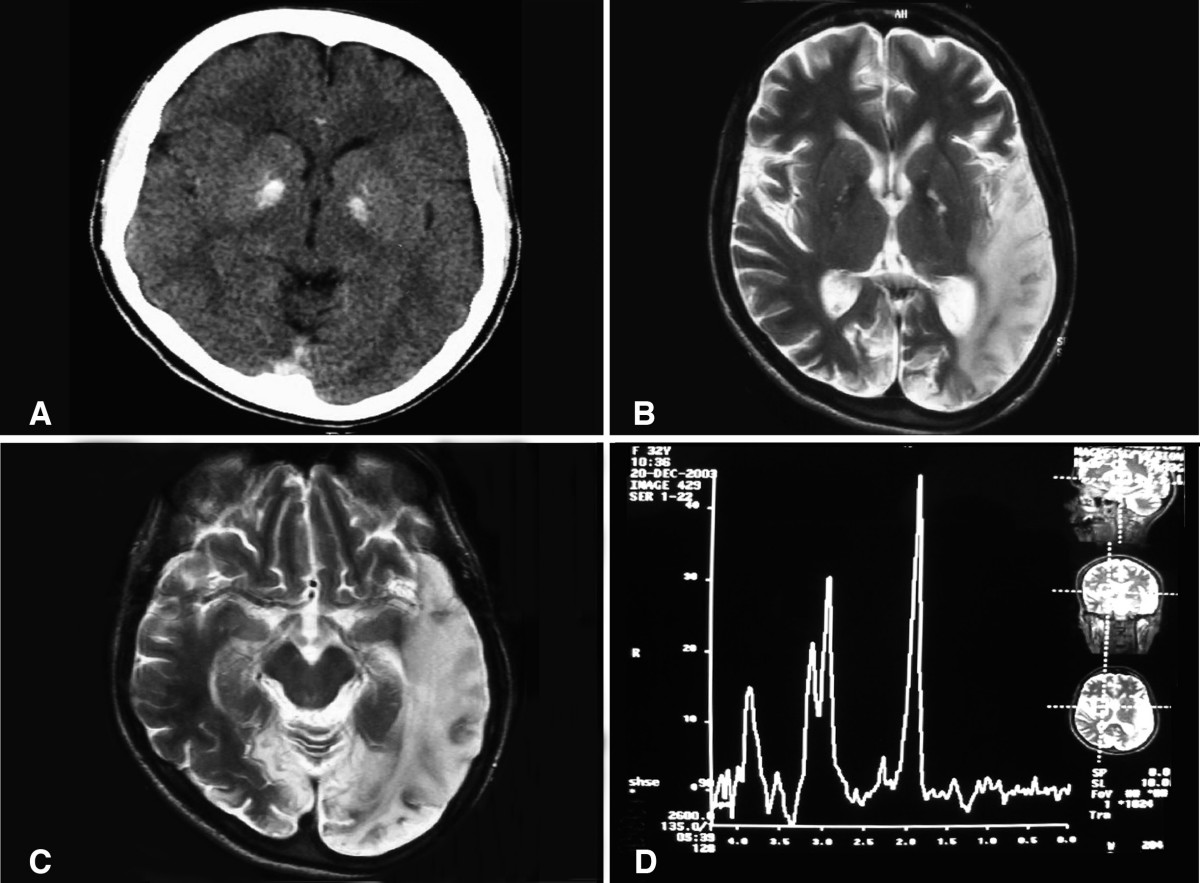
A mild stroke is a moderate form of stroke and its neurological symptoms and signs do not last long and they completely withdraw. However, even a mild stroke must be taken seriously since it may represent an in production to a more serious condition, an actual stroke. In a mild stroke a blood clot only temporary prevents the flow of blood to a specific area of the brain. Once the blood flow is restored all the damaged functions are restored. Medical name for mild stroke is transitory ischemic attack.
The symptoms and signs of mild stroke generally depend on the part of the brain that is affected and most of them may even stay unrecognized. The most prominent symptoms and signs occur if parts of the brain we commonly and frequently use are affected.
This condition is associated with several factors such as age, positive family medical history, hypertension, heart disease, high cholesterol levels, sickle cell anemia etc. Smoking, a diet rich in fatty foods as well as obesity are also risk factors for mild stroke.
Mild Stroke: Symptoms and Signs
As it has already been said the symptoms and signs depend on the part of the brain that is deprived of normal blood supply.
One of the symptoms is weakness on one side of the body. The weakness does not affect the entire side but only some of its parts such as the face, arm or leg. Slurred speech is one more characteristic of a mild stroke. Furthermore, a mild stoke may feature with sudden vertigo or dizziness or even a loss of balance. Temporary loss of vision or double vision points to the blockage of blood flow in the ophthalmic artery. A patient may be disorientated and complain about headache. Some patients may also complain about changes in sensation while paralysis rarely occurs. Emotional changes are possible as well.
Mild Stroke: Treatment
A person who has experienced any of the mentioned symptoms is supposed to be driven into the hospital. Since the symptoms tend not to last too long patients may neglect them and never report them to a doctor. This can be a disastrous mistake. Namely, the condition requires proper treatment which will prevent occurrence of an actual stoke. In case of a regular stroke the symptoms and signs are much more severe and they usually leave permanent damage. Most of the brain's function in an actual stroke simply cannot be restored. This is why a mild stroke must be taken as an introduction to an actual stroke and prevented with proper treatment .





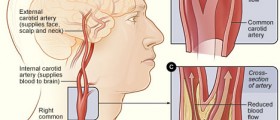


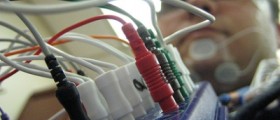


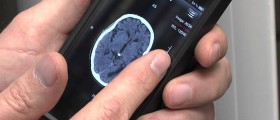
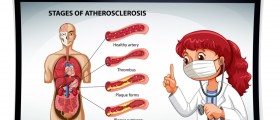


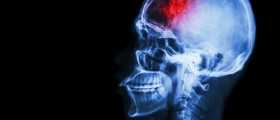

Your thoughts on this
Loading...